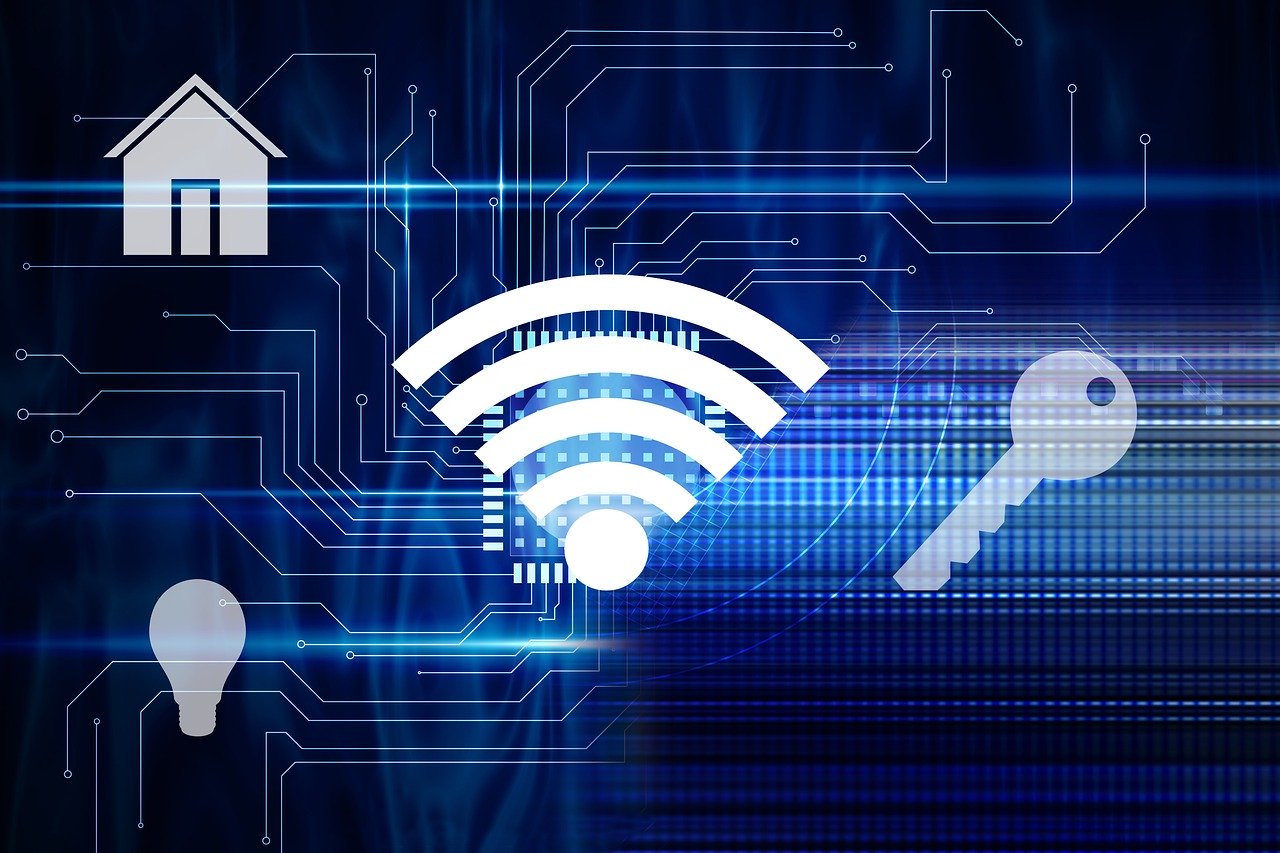Most of us barely pay attention to the home wifi network once it is set up. We find a comfortable place for the router at home, connect all the devices to the network, and forget the device even exists until there comes the point when it stops working. We utilize the network to complete transactions, share important personal details, and confidential information. But we seldom think about the vulnerability of information that is available on these networks.
Wireless routers are prone to exploits from malicious hackers and cybercriminals who can easily access the data available in the network without your knowledge. Hence securing your home network is crucial to harness the power of the internet without having to worry about the threats. Here are seven easy steps that will improve your home network security.
1. Name Your Home Network
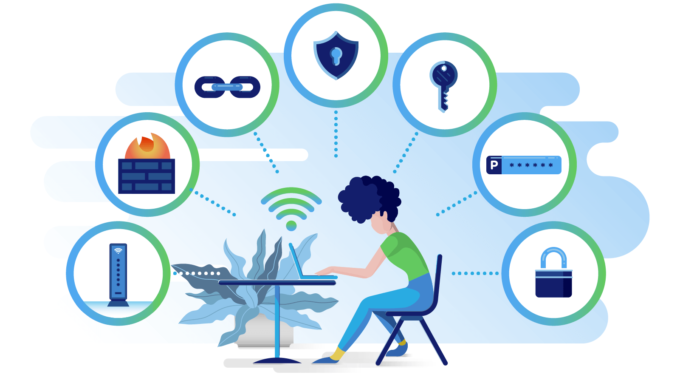
The SSID or the Service Set Identifier of your home network is set to default during installation. The first step to securing your home network is to rename it. The reason behind this is that most default wifi names give away a lot of information about the service provider, type of router, which makes it easy for hackers to target your network. Cybercriminals are well-versed with vulnerabilities in individual networks, and hardware makes that gives the power to exploit the network.
Changing your wifi name is a simple but efficient way to eliminate the risk of attracting unnecessary attention. You can use a name followed by numbers or any other creative names such as “Not Wifi”. Try not to use any personal information in the wifi name as it could increase the chances of identity theft. Keep the name general like john or mark or a favorite TV or movie character.
2. Use A Firewall

Hardware firewalls are similar to that of software that helps protect your router and home network. Many routers have inbuilt firewalls that protect from potential cyber-attacks. If your router already has a firewall, you might need to activate it to secure your network.
If not, you can look for a good firewall device to add to your router to offer an extra layer of protection from malicious hackers who might want to breach your network for data. You can explore home protection devices that are easy to install and offer a secure wifi connection.
For more check this site: https://www.trendmicro.com/en_us/forHome/products/homenetworksecurity.html
3. Create a Challenging Password
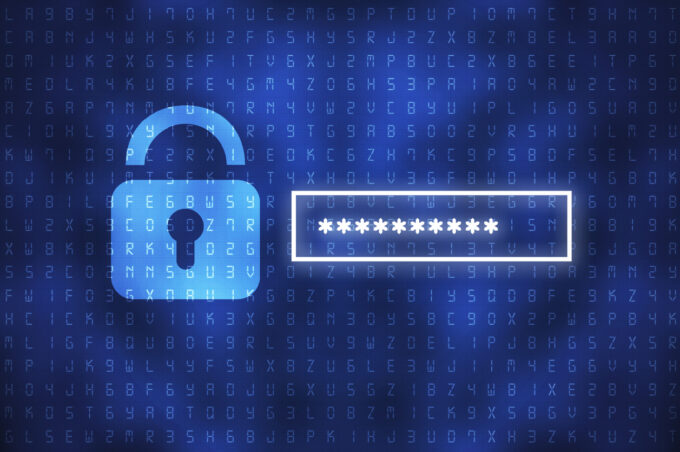
Just like the default username, your network installation also comes with a default password. This password is common for all installations by a service provider, and hence using the same would be a dire mistake. The first step post-installation is to change the password of your network. One of the most common mistakes while choosing passwords is picking out something that is very easy to remember. But strong passwords are crucial to keeping your network safe.
A good wifi password should have 20 characters. It should include a mixture of numbers, symbols, and alphabets in a mixed case. Do not use the same password as that of your bank accounts or social media accounts. Also, be careful not to reveal any other personal information. You might have to share the password with friends or family when they come home, and this could make it tricky.
4. Turn Off Your Home Wifi Network When You Go Out

If you are planning to go out of your home for a long period, it is recommended that you switch off your wifi network. Switching off all the devices that might be utilizing the ethernet cable is the best step to secure your home network.
It helps to reduce the chance of attracting the attention of hackers who might pierce into the network with extended periods of access. It will also eliminate the chances of power surges affecting your appliances as it could lead to damages or possible fire hazards.
5. Activate Network Encryption

Most wireless routers have encryption features that are disabled by default. Make sure to turn on the encryption option in your router during installation. There are multiple encryption languages used, such as WPA, WPA 2, WEP.
WPA2 stands for Wifi Protected Access 2, and it is the current industry standard that is known to be most effective for securing home networks. WPA2 AES is also a common protocol used for network encryption today. These encryption protocols are effective to keep hackers from entering your home network and retrieving information shared over it. The industry is also moving towards WPA 3 standard that offers more enhanced network security and solves various common Wi-Fi network problems.
6. Update Your Router Software
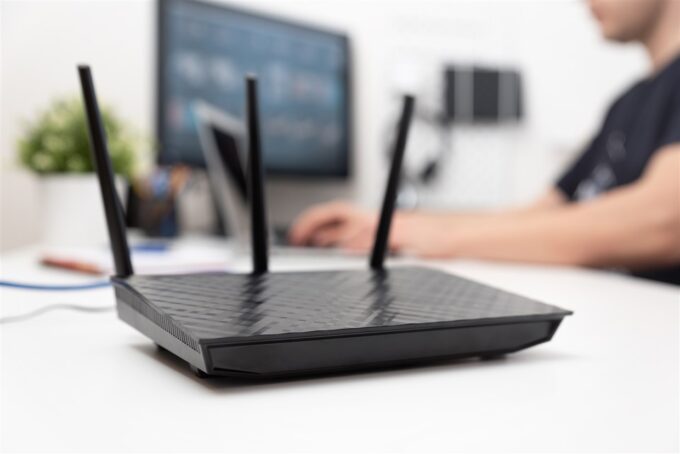
Keeping your router software up to date is critical to keep your wireless network safe and secure. Companies often assess their vulnerabilities and flaws and correct them during the firmware or software updates. They may also include new security features to protect your home network from hackers.
Most routers do not come with an auto-update option. Hence you must take the time once every few months to search for firmware updates and install them in your home router for best security. In case your network offers an auto-update option, then make sure to select the option. Neglecting software patching could increase the chances of exposing your network to cybercriminals. You can go through simple steps offered by the router manufacturer to update the software and protect your data.
7. Turn Off Remote Access
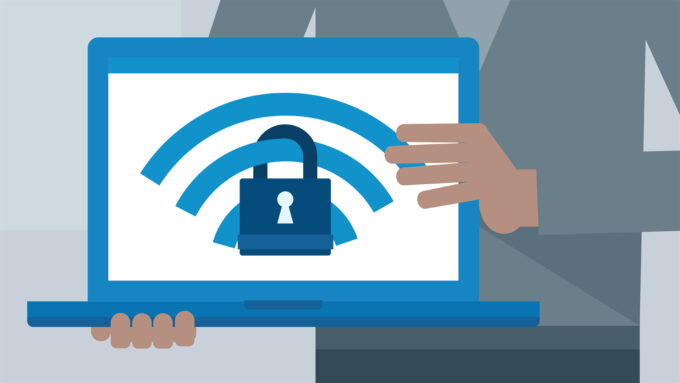
Most routers have a remote access feature that allows a person to access the device without a physical connection. It could endanger the security of your home network as it will allow hackers to access the settings and data in your router. Make sure to turn off the remote access option. You can search for remote access or remote administration in your web access interface or app to disable the setting.
Another simple trick to keep people from accessing your network is to place the router in the middle of your home. It makes sure that you have proper signals in all parts of the house, and there is barely any range available outside the home to intercept the network. Never place routers near windows or exits for enhanced security.
Conclusion
Securing your home network should be a crucial step to protect important information. These are simple yet effective steps that everyone can follow to protect the home wifi network. You can also explore some safety software that protects hackers from cracking your network for enhanced safety.

